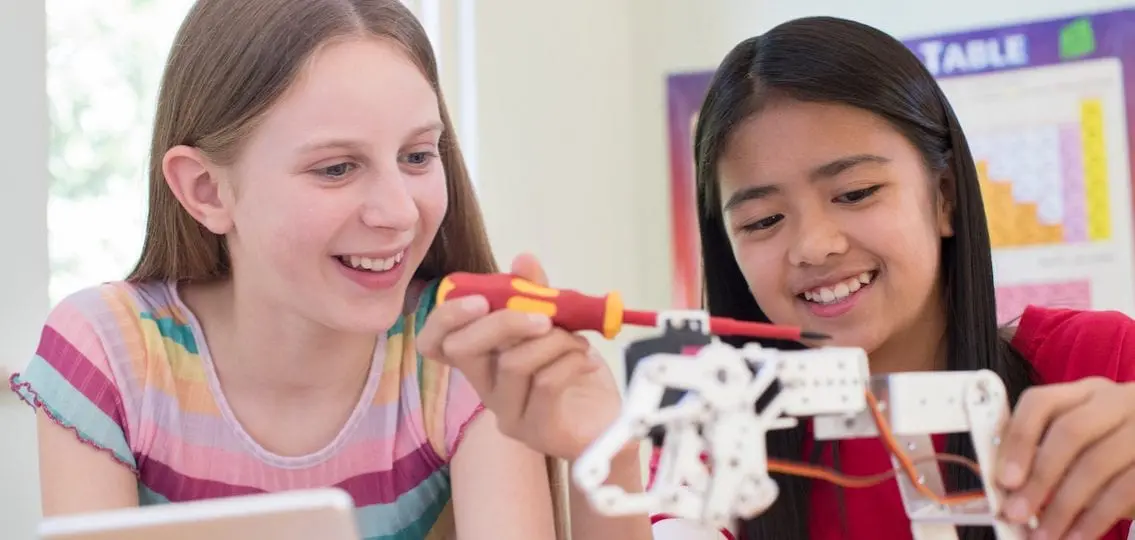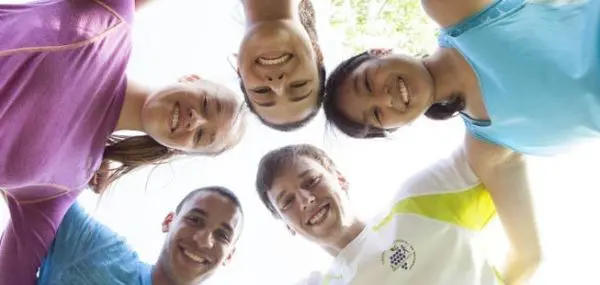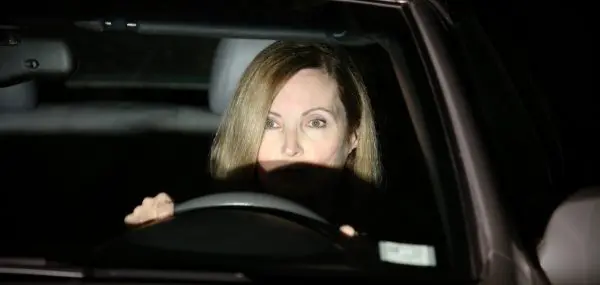When my son was a preschooler, his favorite activity was “science experiments with mom.” (Also known as “making a mess.”) We would sit at the dining room table making Alka-Seltzer volcanoes and all manner of slime and goo. I’d watch his face light up and think, “I hope he never loses this curiosity and wonder.”
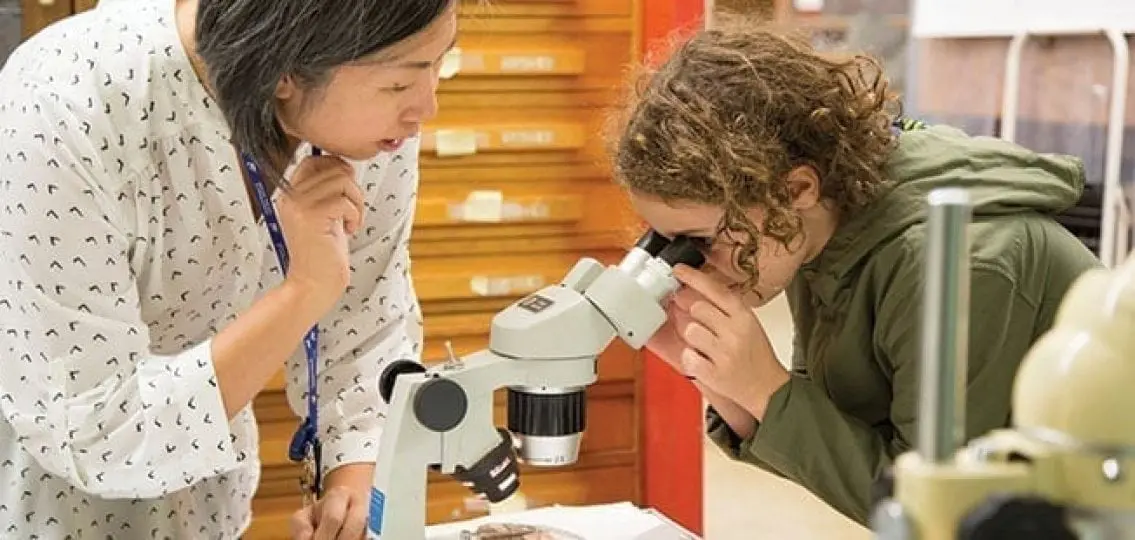
That little tyke just started middle school. While science is still one of his favorite subjects, the idea of doing at-home science experiments is met with major eye-rolls. And school science class? It’s fun sometimes, but mostly he finds it B-O-R-I-N-G.
My son’s situation is common, says John Holloway who runs a STEM-themed summer program at PARI in North Carolina, on the campus of a former NASA satellite tracking facility. Holloway finds that kids who enter PARI often have a thirst for learning but are feeling bored or unchallenged in their school-based STEM classes.
So, how do you keep their interest?
It’s all about giving kids a hook—a hands-on, true-to-life experience that draws them into the subject. And in a way that they just can’t resist.
Middle school is often when you see a decline in STEM interest, says Dr. Deb Besser, Director of the Center for Engineering Education at the University of St. Thomas. The cause is partly developmental. At this age, kids are paying more attention to what their peers are doing instead of developing their own interests, Besser explains.
“It may be going to a science museum, setting up experiments in the classroom, or allowing our children to take apart things at home, Dr. Besser says. “These experiences all give kids a safe and natural place to explore STEM and can spark a passion for deeper exploration.”
That hook is exactly what a program like PARI offers its participants, says Holloway. The summer programs provide one-week or two-week deep dives into science for kids in grades 6-11. They provide kids with the opportunity to discover STEM through the lens of astronomy.
Simply being on the historical site of the 200-acre campus—with access to professional science equipment, the world’s second largest archive of historical astronomical data, and an astonishing 360-degree view of a true dark sky—provides teens an out-of-this-world type of experience.
Students in the program use the same equipment NASA scientists do. They also get the opportunity to live like a genuine scientist for a few weeks. They stay in brand-new, air-conditioned cabins and state-of-the-art classrooms.
Fritz Ruppert, a 15-year-old high schooler from Brevard, NC, loved using professional scientific equipment to solve real-life problems when he attended the Astronomy and Astrophysics course at PARI last summer.
“My research team studied the movement of the Bubble Nebula,” he says. (We all know what that is, right?) Better yet, the work he and his team did was published, which was a thrill.
“We found some new data which shows how fast the nebula is expanding over time—a whopping 41 kilometers per second!” Ruppert says. “We published our paper in the National High School Journal of Science. It was released in their winter 2018 issue.”
Many students enter science enrichment programs thinking they might want to pursue science careers. But it’s not until they immerse themselves in real life science that they can picture what that career might look like.
PARI, which emphasizes mentoring and self-led research gathering, is not just for students who want to be astronomers. Program participants come into contact with industry professionals from many walks of scientific life. They even video-chat with them throughout the program.
“Because we are getting the real experience—that this is what research is really like—they can learn that this is (or isn’t) what they really want in terms of a future career,” says Holloway.
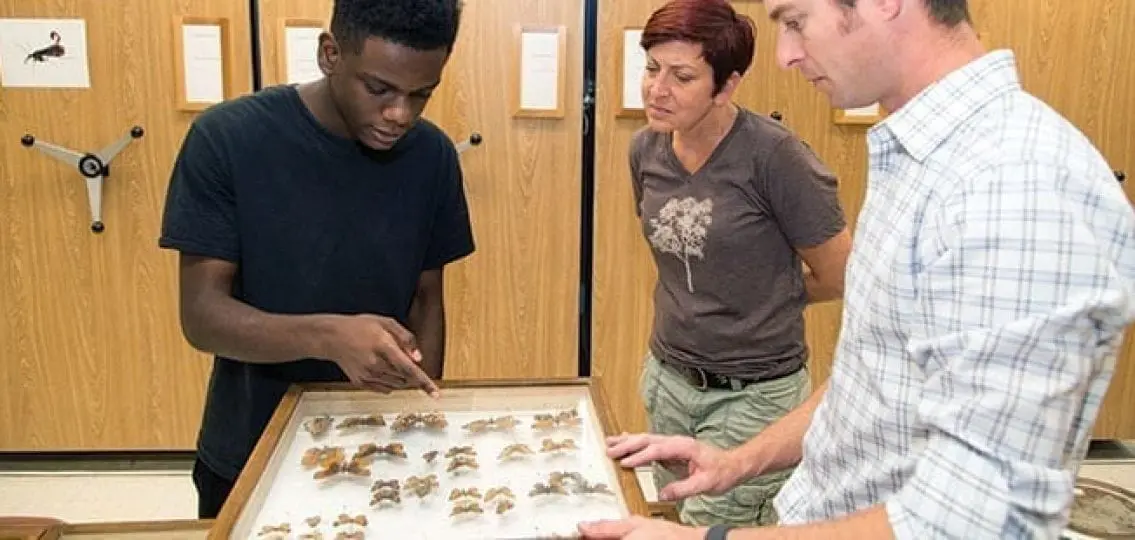
I think even the most sarcastic, eye-rolling tween or teen out there would agree that getting to be a real scientist for the summer—and maybe a published one at that—is quite the opposite of B-O-R-I-N-G. It might even be C-O-O-L.
